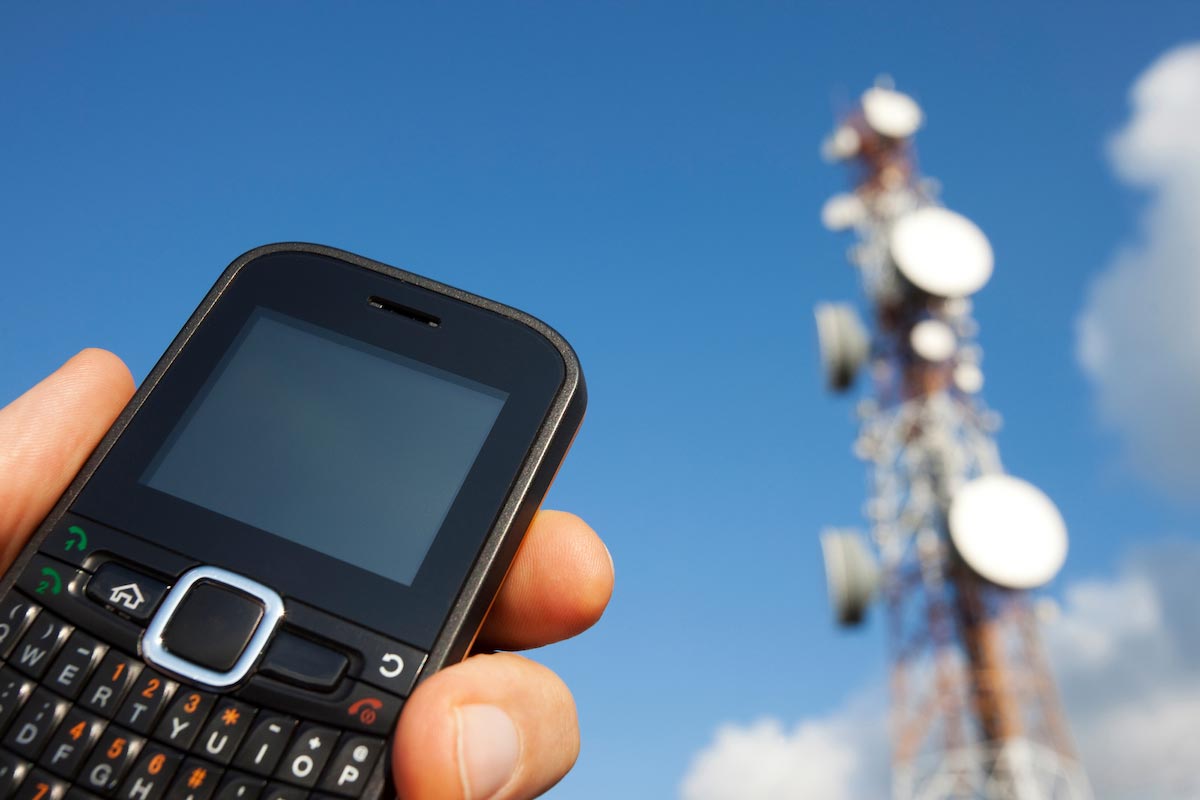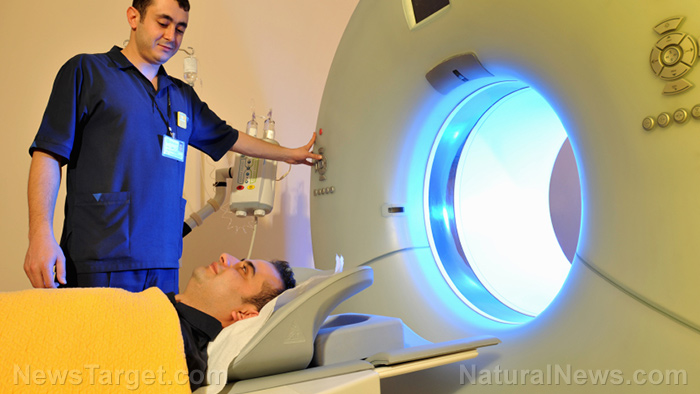Cell tower radiation confirmed to cause cancer in animals
03/26/2018 / By Isabelle Z.

It’s not surprising that so many people have cancer nowadays. Carcinogens are in the water we drink, the food we eat and the air we breathe. We might be able to control what we choose to eat and drink, but the invisible dangers you’re exposed to in your daily life are another story entirely. If you happen to live within range of a cell phone tower, the news is grim: Another study can now be added to the growing pile of evidence linking cell phone tower radiation with cancer.
Researchers from the respected Ramazzini Institute have released the results of a sweeping lifetime study that involved exposing lab animals to environmental levels of radiation from cell towers. Their findings not only supported those of the U.S. National Toxicology Program that linked the radiation to a rare heart cancer in male rats known as Schwannoma of the heart, but they also discovered a higher incidence of malignant brain tumors in female rats. Rats of both genders displayed precancerous conditions like Schwann cell hyperplasia. In addition, the exposed rats had lower litter weights, raising particular concerns for children and pregnant women who live near these towers.
Study makes up for past studies’ shortcomings
What sets this study apart is the fact that the rats were exposed to levels of radiofrequency radiation that are below the permitted amounts set by the U.S. FCC. This means they are akin to the levels that people can legally be exposed to in the United States. While the National Toxicology Program reached similar findings, it had been criticized for using higher doses of radiation in its study.
In the Ramazzini study, nearly 2,500 rats were exposed to 1.8 GHz GSM radiofrequency radiation at exposures like those given off by cell tower antennas for 19 hours per day. Another factor that makes the study unique is that the animals were allowed to live until they died naturally so that any late-developing tumors could still be detected. This is crucial because 80 percent of human cancers are considered late-developing as they occur in humans after turning 60.
The researchers, led by study author Dr. Fiorella Balpoggi, are calling on the International Agency for Research on Cancer to re-evaluate its stance on the cancer-causing potential of this type of radiation in humans.
Renewed vigor in calls for protection from dangerous radiation
Other experts have echoed the researchers’ concerns. Toxicology Professor and Environmental Research Editor-in-Chief Dr. Jose Domingo stated: “This important article from one of the most acclaimed institutions of its kind in the world provides a major new addition to the technical literature indicating strong reasons for concern about electromagnetic radiation from base stations or cell towers.”
Dr. David O. Carpenter, a former School of Public Health Dean at the University at Albany, said that this study shows that those living close to cell towers should be concerned. He called on governments to take steps to reduce the exposures of cell tower emissions and ensure they are not placed near hospitals, schools, or homes.
In addition, he’d like to see public health agencies educate the public on ways to reduce their exposure not just to cell tower radiation but all sources of dangerous wireless radiofrequency radiation, such as Wi-Fi in schools and cell phones.
The matter is even more urgent, Dr. Carpenter pointed out, as plans move forward to place 5G “small cell” cell towers approximately every 300 meters around the country. He says this will make avoiding exposure very difficult, and it will raise people’s risk of cancer and diseases like electro-hypersensitivity.
Sources include:
Tagged Under: 5g, cancer, cell phone radiation, cell phone towers, cell phones, cell towers, EMF health risks, radiation, small cell towers, technology dangers, Wi-Fi


















